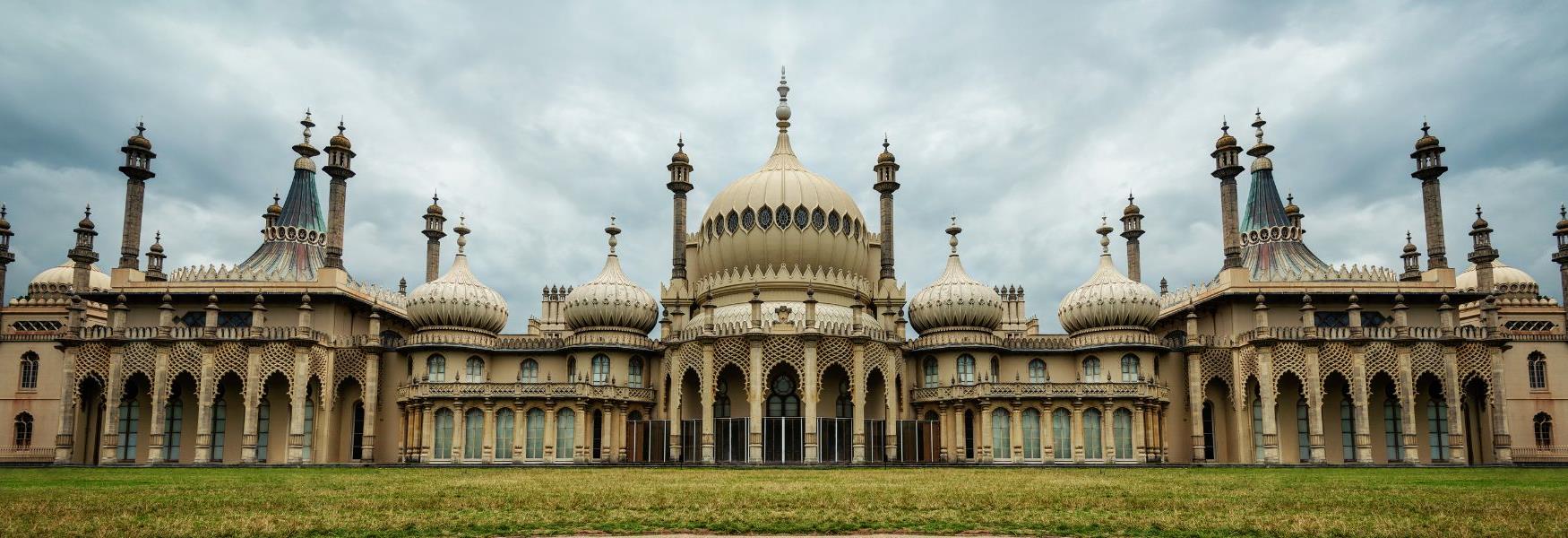The South East is an ancient part of the country.
The Ridgeway along the Chilterns and Marlborough Downs is probably Britain’s oldest road and the evidence of Iron Age settlements is common. In 1066, the Norman invader, William the Conqueror, landed in the South East and set about taking over Britain, building castles and founding monasteries as they went. The Normans built castles at Dover, Leeds and Arundel and founded monasteries and religious houses at Beaulieu or Michelham Priory which in turn were dissolved by Henry VIII so that noblemen could build country houses within reach of the royal court. Medieval strongholds at Penshurst Place or Broughton Castle became comfortable residences as peace prevailed. Look for Tudor mansions surviving at the National Trust’s...Read More
The South East is an ancient part of the country.
The Ridgeway along the Chilterns and Marlborough Downs is probably Britain’s oldest road and the evidence of Iron Age settlements is common. In 1066, the Norman invader, William the Conqueror, landed in the South East and set about taking over Britain, building castles and founding monasteries as they went. The Normans built castles at Dover, Leeds and Arundel and founded monasteries and religious houses at Beaulieu or Michelham Priory which in turn were dissolved by Henry VIII so that noblemen could build country houses within reach of the royal court. Medieval strongholds at Penshurst Place or Broughton Castle became comfortable residences as peace prevailed. Look for Tudor mansions surviving at the National Trust’s Knole and Parham House or for 18th century elegance at Goodwood, Buscot Park or Petworth Park where great art collections fill the interiors.
Famous names and faces
Famous men have left their mark on the region. The victorious Duke of Marlborough left us the magnificence of Blenheim Palace, today a World Heritage Site and the birthplace of Sir Winston Churchill. Churchill’s own house is at the National Trust’s Chartwell in Kent while his Victorian Tory forebear, Prime Minister Benjamin Disraeli lived at the National Trust’s Hughenden. The Duke of Wellington retired to leafy Stratfield Saye giving his warhorse Copenhagen a rural retirement after the rigours of Waterloo. By contrast to these heroes of history, Gilbert White, the naturalist led a quiet life observing his garden at Selborne.
Gardens are plentiful in the South East. Discover the gardens at Penshurst Place, the oldest in the country dating to the 14th century, or early 18th landscape gardens at Rousham and Painshill. The varied soils favoured the fabulous new plants being imported into Britain in the 19th century and gardens at Borde Hill, High Beeches and Houghton Lodge filled with flowers from China, South Africa and the Americas.
Read Less